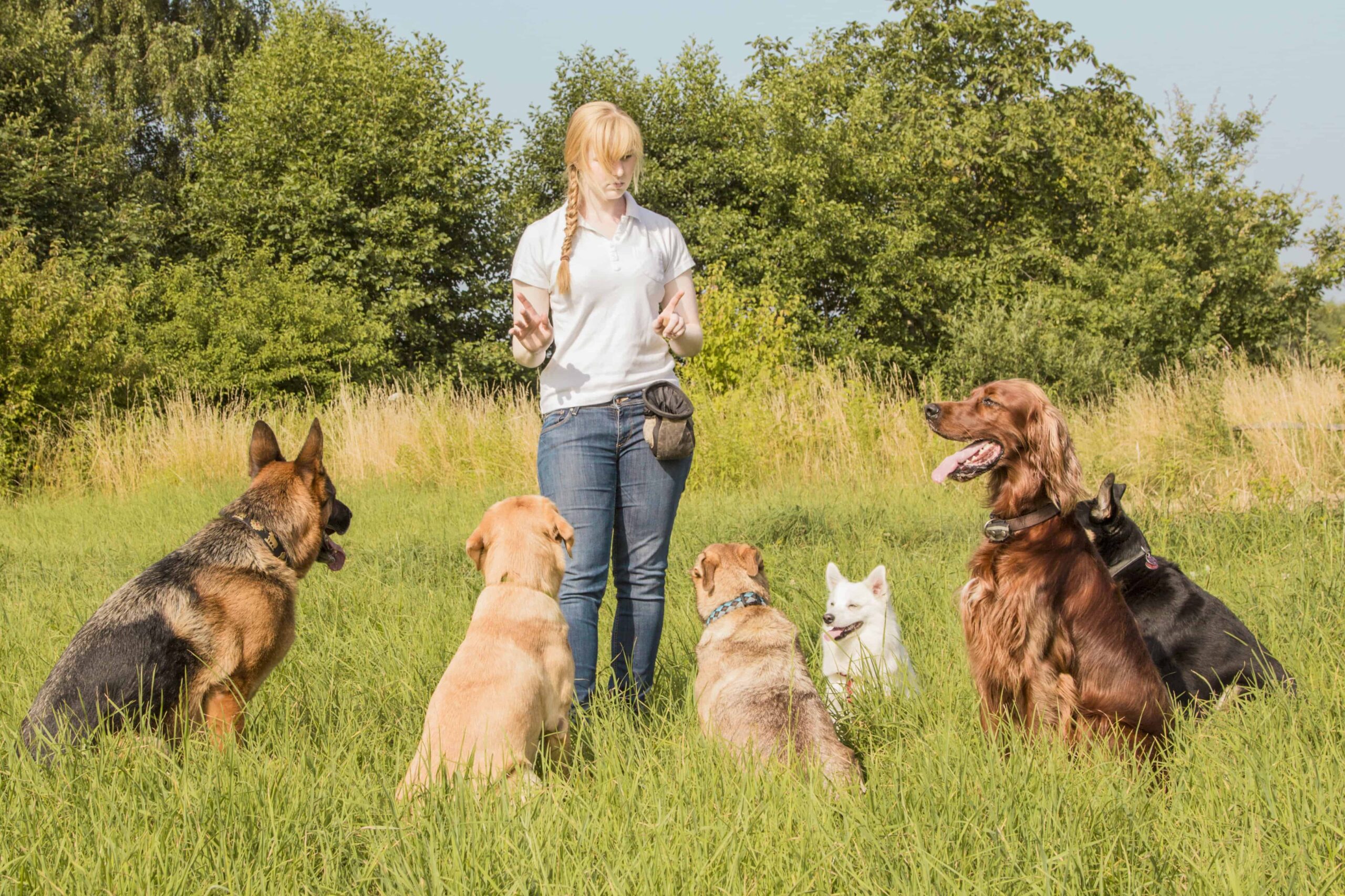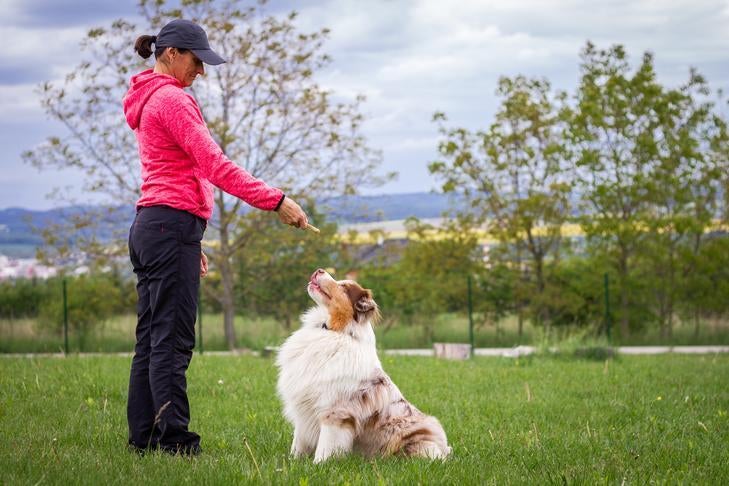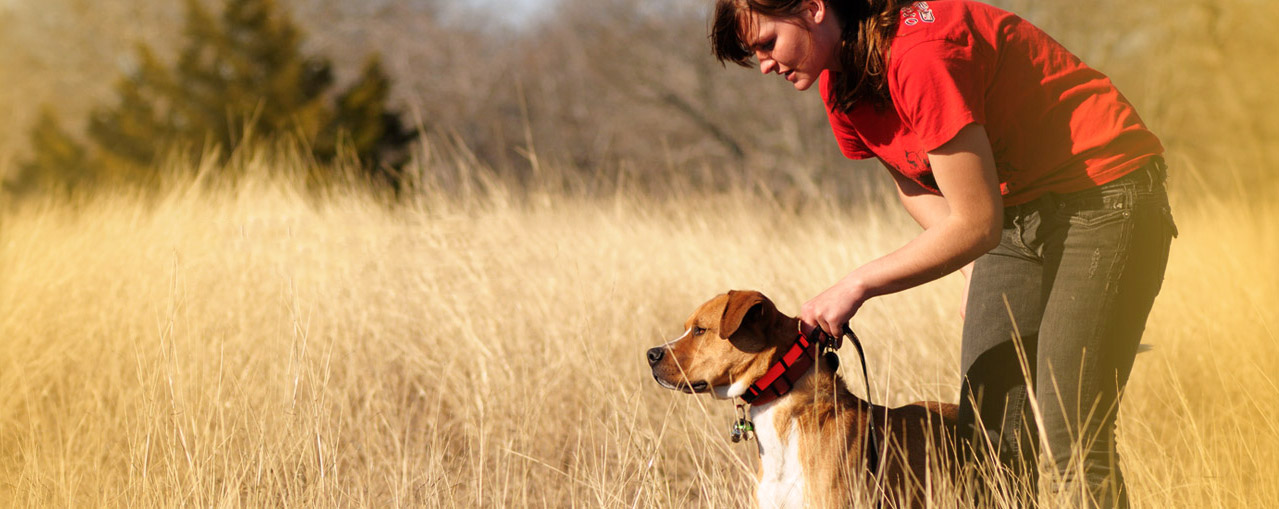Exactly how to Select the Right Technique for Successful Dog Training
Exactly how to Select the Right Technique for Successful Dog Training
Blog Article
Essential Tips for Effective Dog Training: An Overview for Pet Owners
Efficient pet dog training is a complex procedure that calls for a calculated technique tailored to both the family pet's personality and the owner's objectives. Key parts such as establishing consistent commands, employing positive support, and helping with early socialization play vital functions in promoting a well-adjusted canine buddy. However, numerous animal owners encounter challenges that can impede development, causing frustration and unpredictability. Recognizing exactly how to navigate these obstacles can substantially improve the training experience, eventually transforming the partnership in between owner and pet. What are the necessary techniques that can be employed to ensure success in this undertaking?
Recognizing Dog Habits
Comprehending pet dog actions is necessary for efficient training and promoting an unified partnership in between pooches and their owners. Pet dogs communicate mainly via body movement, vocalizations, and actions, making it crucial for proprietors to interpret these signals accurately. Identifying a dog's posture, tail placement, and ear positioning can provide understandings into its psychological state. As an example, a wagging tail does not always suggest happiness; it can also indicate excitement or anxiety.

Socializing plays a considerable duty in canine habits; exposure to numerous environments, people, and various other animals can dramatically influence a pet dog's temperament. In addition, aspects such as breed features and specific character need to direct training techniques, as some breeds may have particular behavioral attributes that demand tailored approaches. By recognizing these elements, owners can produce a helpful atmosphere that encourages favorable habits, bring about effective training end results and a much deeper bond with their pet dogs.
Establishing Consistent Commands
Efficient communication with your pet begins with establishing constant commands. This fundamental element of training is vital for fostering understanding between you and your pet dog. Consistency in the commands you utilize guarantees that your canine can reliably connect particular words or phrases with the wanted actions.
When choosing commands, choose clear, distinct words that are very easy to distinguish and state from each other. Prevent using similar-sounding commands that might puzzle your canine. Making use of "rest" and "stay" is ideal, yet "sit" and "struck" can lead to misconceptions.
Additionally, maintain the exact same tone and volume for each command. Dogs are sensitive to singing hints, so differing your tone can produce confusion.
It is similarly vital to make sure that all family participants get on the very same page pertaining to the commands made use of. A united front in command use will prevent blended signals and enhance the discovering process.
Positive Support Techniques
The power of positive support in dog training depends on its capability to motivate desired habits with benefits and praise. This technique is based in the concept that behaviors adhered to by desirable outcomes are more probable to be repeated. By incorporating favorable reinforcement right into your training routine, you can efficiently form your pet dog's habits in a positive manner.
To carry out positive reinforcement, it's necessary to determine what motivates your pet, whether it be treats, toys, or verbal appreciation. When your canine does a desired action, such as resting on command, right away award them with a treat or love. This association between the command and the positive outcome strengthens their understanding.
It's vital to timing the incentives correctly; supplying the reinforcement within seconds of the wanted actions assists your pet make the connection (dog training). Additionally, consistency is vital-- guarantee that all relative make use of the very same commands and benefit systems to prevent confusion

Gradually, you can decrease the frequency of treats as your pet finds out the actions, transitioning to commend or recurring benefits. This approach not just YOURURL.com promotes a solid bond in between you and your canine yet also promotes a favorable knowing setting, making training a pleasurable experience for both.
Socialization and Communication
Regularly subjecting your canine to a range of environments, individuals, and various other animals is vital for their social growth. Socializing needs to begin early, ideally throughout the vital home window of 3 to 14 weeks, when young puppies are most responsive to brand-new experiences. Older canines can additionally profit from continuous socializing efforts.
Present your pet to different settings, such as parks, pet-friendly stores, and metropolitan areas. This direct exposure helps them adjust to different stimuli, lowering stress and anxiety and anxiety feedbacks. Encourage favorable communications with various other pets and people, ensuring that these encounters are secure and controlled to promote self-confidence.
Make use of organized playdates with genteel dogs, as this can improve your dog's social abilities and educate them proper actions. Obedience courses and training sessions additionally give superb chances for socializing, allowing your dog to communicate with others in a monitored atmosphere.
Monitor your pet's body movement throughout interactions, as this will certainly help you assess their convenience level. Progressively boost direct exposure to even more challenging situations while making certain that each experience is positive. A well-socialized pet is more probable to exhibit well balanced habits, making them click a joy to have in any type of setting.
Addressing Usual Training Obstacles
Every dog proprietor will run into training obstacles eventually, regardless of their pet's age or socializing level. Identifying typical concerns such as stubbornness, disturbances, and terror can assist in establishing efficient strategies for enhancement.

Diversions during training sessions can thwart emphasis. To fight this, start training in a silent setting with marginal stimuli. Progressively introduce diversions as the pet dog becomes a lot more efficient in commands. Short, regular training sessions are also effective in maintaining attention.
Fearfulness can prevent a dog's learning procedure. Gradual desensitization to the resource of concern, coupled with positive support, can help alleviate anxiousness. Perseverance is important; never ever compel a dog into a scenario that triggers distress, as this may aggravate the problem.
Ultimately, understanding and dealing with these common difficulties with a structured technique will cultivate a more effective training experience, enhancing the bond in between canine and proprietor while advertising effective understanding.
Final Thought
In summary, effective pet training relies upon a comprehensive understanding of canine actions, the establishment of constant commands, and the application of positive support techniques. Socializing plays an essential duty in developing well-adjusted family pets, while addressing common training obstacles needs patience and versatility. By executing these necessary methods, family pet owners can foster a solid bond with their canines and promote preferable habits, ultimately bring about a harmonious partnership between people and their canine websites companions.
Understanding pet actions is essential for reliable training and fostering an unified partnership in between canines and their proprietors.Socialization plays a considerable duty in pet dog behavior; direct exposure to different environments, people, and various other animals can significantly impact a pet dog's character.The power of positive support in canine training lies in its capacity to urge desired actions with incentives and praise. By including favorable reinforcement right into your training routine, you can efficiently form your pet dog's habits in a positive fashion.
In recap, effective pet dog training counts on a thorough understanding of canine actions, the facility of regular commands, and the application of favorable reinforcement methods.
Report this page